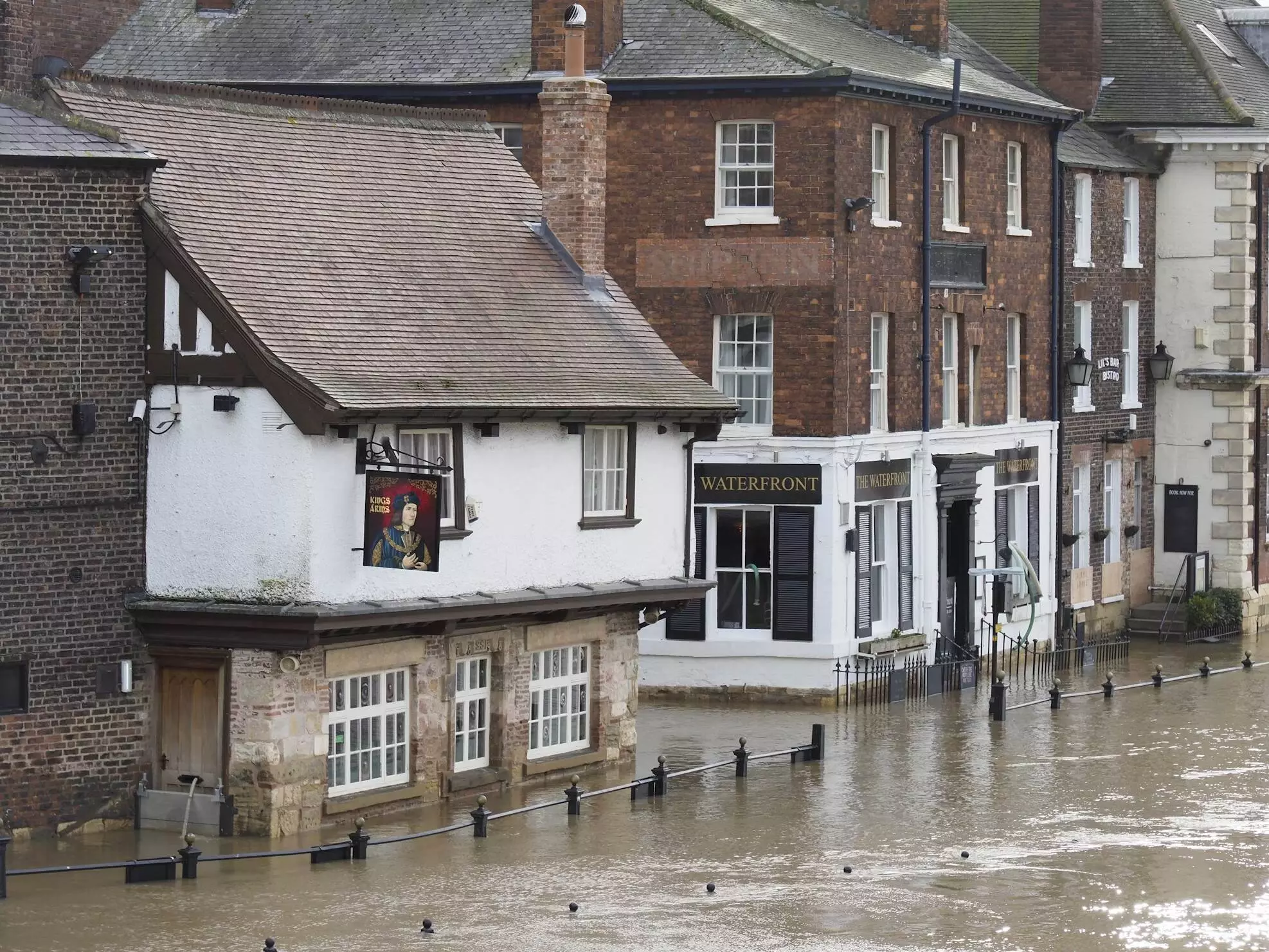Emerging Technologies in Water Damage Restoration
image for illustrative purpose

Water damage requires an immediate and efficient response to avoid additional structural damage and health risks. Technology has come a long way in equipping professionals in this industry to perform restoration with higher precision and efficiency. These advancements not only make restoration speedier and more precise, but they also save money and lower environmental load. Here are three key technological advancements transforming this industry.
Advanced Moisture Detection and Assessment Tools
For successful restoration, the extent of moisture presence should be correctly identified and assessed. However, the process will likely fail without advanced moisture detection tools and drones. Infrared thermography and moisture meters let professionals sniff out hidden moisture in walls, floors, and ceilings. Infrared cameras show temperature variations, indicating where there are excesses in moisture.
These tools take extra precautions to ensure no moisture goes unnoticed. This helps eliminate mold growth or structural damage. Drones with high-resolution cameras and sensors are critical for damage assessment. They are useful for accessing hard-to-reach places. The drones provide a complete picture of the damage. This allows restoration crews to know how and where to intervene.
IoT Sensors and Structural Dying Technologies
Water damage restoration is undergoing a revolution with (Internet of Things) sensors and advanced structural drying technologies. IoT sensors constantly monitor properties to check changes in moisture, temperature, and humidity levels. The alerting systems notify owners and restoration professionals of real-time alerts generated by the sensors. Early identification of issues helps prevent extensive water damage and makes real-time restoration easier through the use of IoT sensors.
There have been many advances in structural drying technologies. These have made faster, more efficient water-damaged structure drying possible. They are often employed to reduce the moisture content of building materials. Desiccant dehumidifiers absorb moisture and then remove it with heat.
This can be from directed heat drying, where moisture is evaporated with controlled heat. LGR or low-grain refrigerant dehumidifiers are dehumidifiers that lower humidity. This makes it easier for the building to dry faster. With these technologies, structures are restored quickly.
Advanced Cleaning and Flood Prevention Techniques
Advanced cleaning and flood prevention techniques are vital. They help keep water-damaged structures sanitary. These technologies include ultrasonic cleaning, hydroxyl generators, and antimicrobial treatment of affected areas. High-frequency ultrasonic cleaning removes contaminants from surfaces, while hydroxyl generators create hydroxyl radicals to remove odors and pathogens. Antimicrobial treatments prevent mold and bacterial growth. This ensures a clean and safe environment post-restoration.
Flood prevention technologies are also important for combating water damage. These include advanced sensors, predictive modeling, and automated flood control systems. Advanced sensors monitor real-time water levers and provide critical data for predicting possible flood events. Predictive modeling tools use this data to simulate various flood scenarios and evaluate their impact.
Automated flood control systems help regulate reservoir water levels while releasing excessive water in a controlled way so that it will not flood. These technologies respond to rapidly changing conditions, reducing the likelihood of catastrophic flooding events and the resulting damage.
Endnote
Water damage restoration technologies are advancing the industry. They have made it more efficient, cost-effective, and sustainable. Using advanced moisture detection and assessment technologies, intuitive IoT sensors, innovative structural drying technologies, and sophisticated cleaning and flood prevention methods can restore water-damaged properties more effectively and reduce future damage.
These technologies don’t just make restoration practices better, but they are helping move the needle towards a more prepared and resilient method for addressing water damage challenges. With water damage and climate change issues ever-present, it’s important to embrace these new technologies and incorporate them into your restoration strategy. Through this approach, you can avoid water damage’s disruptive effect on communities and infrastructure and limit its impact on the environment for future generations.

